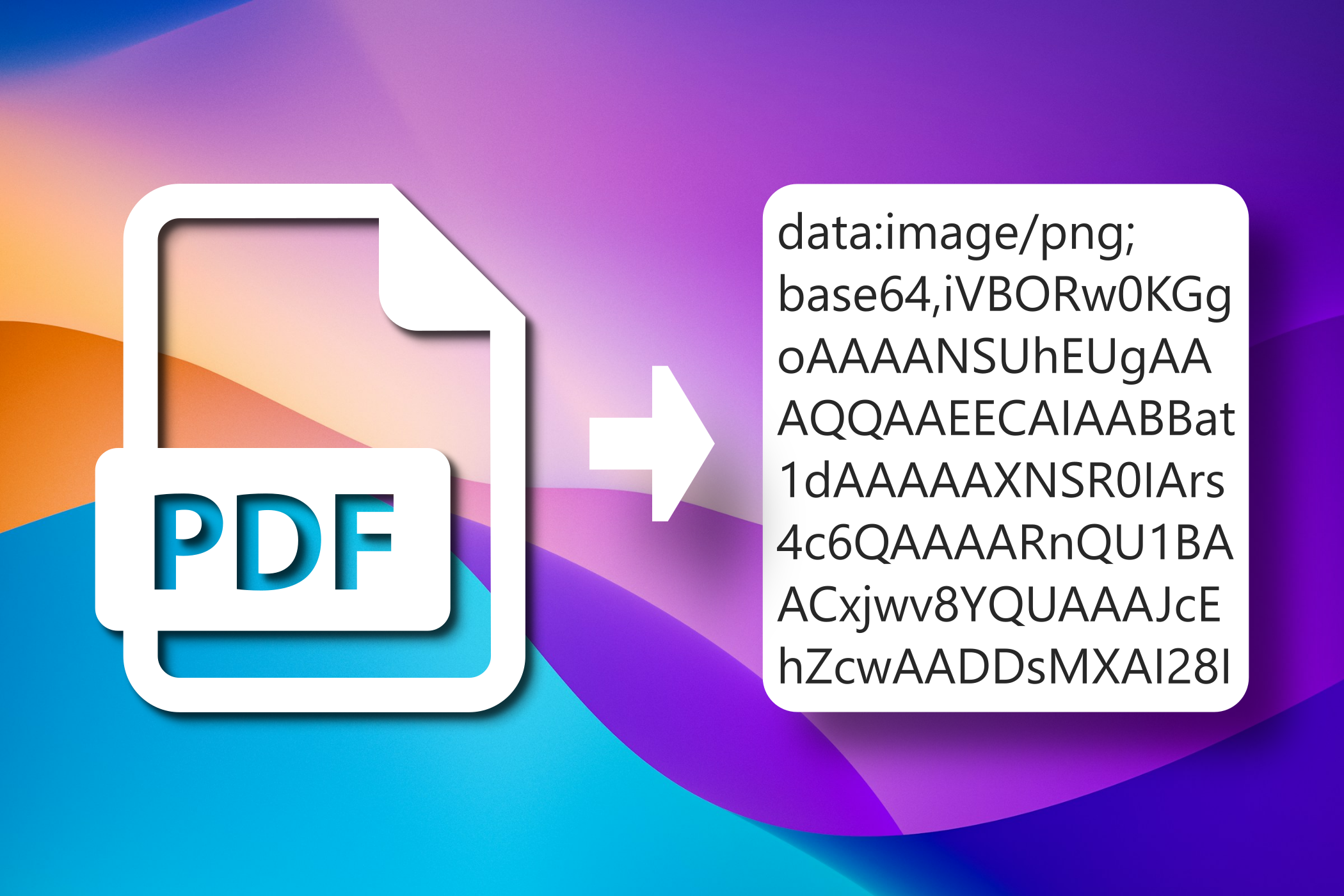Base64
What is Base64 Encoding?
Base64 is a method to convert binary data (like files, images, or raw data) into a text format. This is essential when transferring files between systems that only accept text, such as emails, APIs, or databases. It ensures data remains intact and readable during transmission.Why Use Base64 in Automation?
- Send binary files (PDFs, images) through text-only channels (e.g., JSON/XML APIs).
- Embed files directly into code or configuration files.
- Avoid corruption when transferring data between incompatible systems.
How Base64 Works
- Binary to ASCII Conversion:Base64 takes binary data (e.g., a PDF file) and splits it into 6-bit chunks.
Each chunk is mapped to one of 64 ASCII characters: A-Z, a-z, 0-9, +, /.
Example: The binary 01001011 becomes K in Base64. - Padding:If the data isn’t divisible by 3 bytes, = signs are added to the end.
Example: "Hello" ? SGVsbG8= (1 padding =).
Practical Example: Encoding & Decoding in Python
Use Python’s base64 library for automation scripts:1. Encode a File to Base64
import base64
with open("invoice.pdf", "rb") as file:
binary_data = file.read()
base64_data = base64.b64encode(binary_data).decode("utf-8")
print(base64_data) # Output: "JVBERi0xLjUK... (truncated)" Use Case: Embed a PDF report into an email body or API request.
2. Decode Base64 Back to a File
2. Decode Base64 Back to a File
import base64
base64_string = "JVBERi0xLjUK..." # Your Base64 string
decoded_data = base64.b64decode(base64_string)
with open("decoded_invoice.pdf", "wb") as file:
file.write(decoded_data) Use Case: Save a file received from a webhook or database.
Common Pitfalls & Fixes
- Padding Errors:
- If your Base64 string is missing =, add them manually or use base64.b64decode(base64_string + "==") to handle it.
- Character Encoding Issues:
- Always decode Base64 to utf-8 after encoding (e.g., .decode("utf-8")).
- Large Files:
- Base64 increases file size by ~33%. For big files, consider compression (e.g., ZIP) first.
Automate Use Cases
- Email Attachments:
- Encode files to Base64 and embed them directly in email scripts.
- API Integration:
- Transfer images or documents via JSON payloads.
- Database Storage:
- Store binary files in text-friendly databases like SQLite.
Key Takeaways
- Base64 makes binary data portable for text-based systems.
- Always encode/decode when moving files between automation tools.
- Use libraries like Python’s base64 or JavaScript’s btoa()/atob() for quick implementation.





